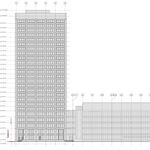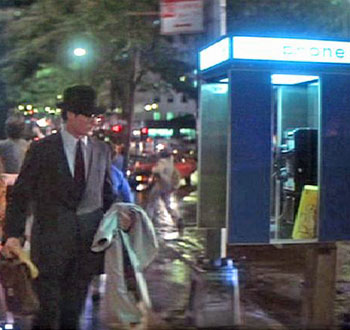Monarch Butterfly
Superstar
At least with Eaton's, most of the goods were actually made in Canada. Many of today's discount department stores have the goods made in foreign countries at very low wages in worse working conditions than here.I think the idea that there was an underground connection between the Eaton's complex of buildings (between Queen and Dundas) with the Eaton's College Street complex (between College and Hayter) probably an urban myth of which I was unaware. There were a blocks of private buildings on Edward, Elm, Walton and Gerrard that would have precluded an underground tunnel.
From the 1924 Goad Atlases:
View attachment 459973
View attachment 459975
View attachment 459977





